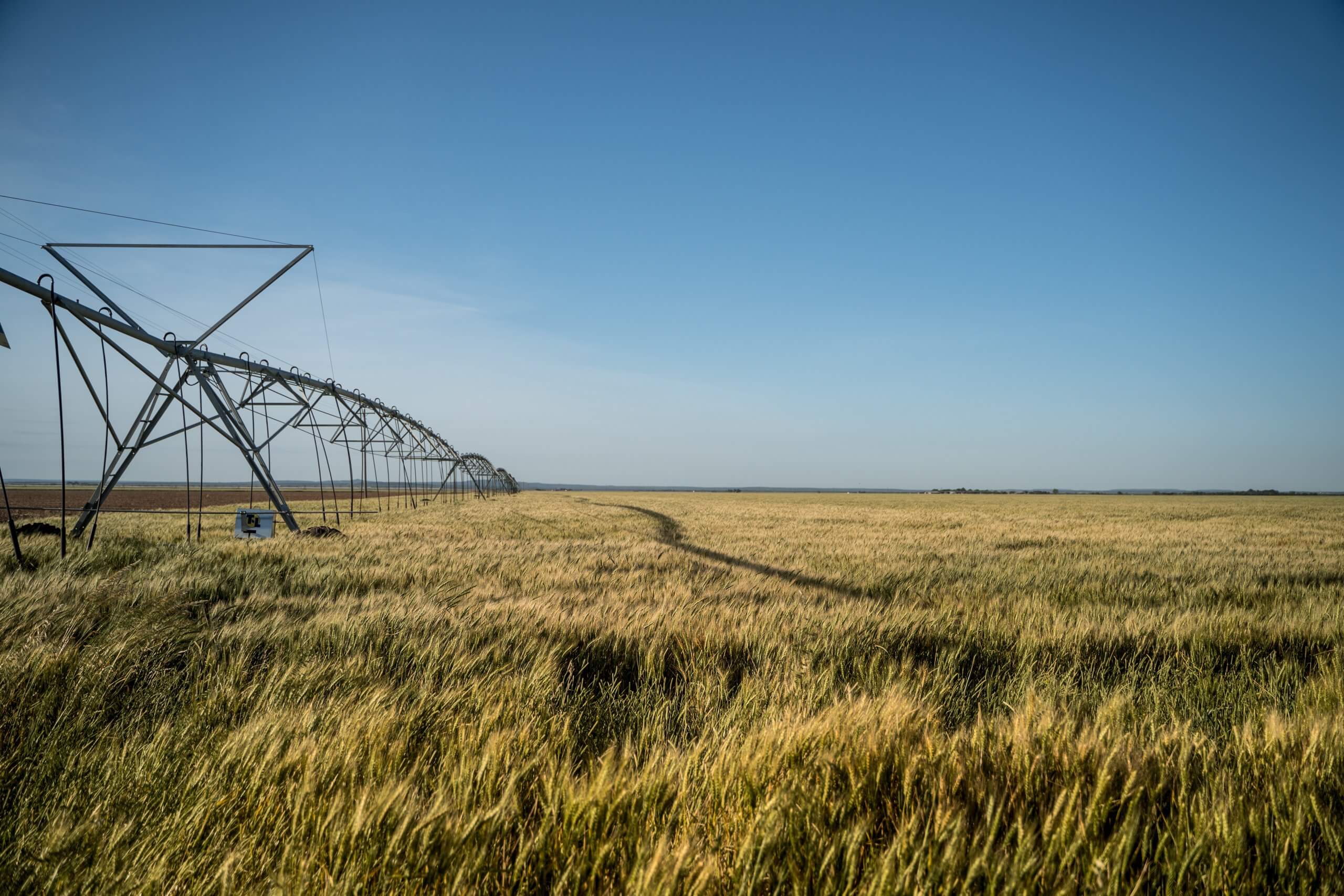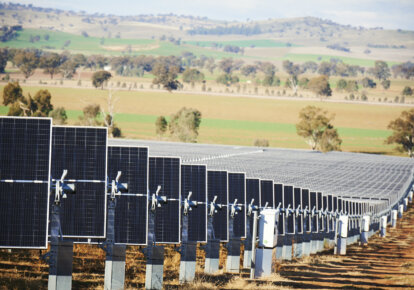Demand Response Energy Strategy
How your business can reduce energy costs
In Australia, utilising demand response is an increasingly popular strategy for large energy consumers.
It provides an opportunity to reduce energy costs, unlock additional revenue, achieve sustainability goals and support our shared electricity grid.
We’ve put together this guide to help you understand all the facets of demand response and how your business can utilise it.
What is demand response?
Put simply, demand response is adjusting your energy consumption in response to periods of high or low electricity demand on the National Electricity Market. High demand periods typically result in elevated prices, grid instability and an increased risk of blackouts in extreme conditions. Additionally, high prices often correlate with the most fossil fuel intensive periods.
Typically, demand response encourages customers to use most of their energy when prices are cheapest and power down to avoid high priced “peak” demand periods. Often low-price periods are the result of high levels of renewable energy generation (solar and wind) supplying the grid.
Demand response is also a strategy that helps to keep the grid stable by balancing the supply and demand of electricity. It reduces stress on the grid and improves reliability and can even be used as a mechanism to prevent blackouts. Some electricity plans purely exist to encourage customers to respond to demand and become more price efficient. Wholesale energy market linked electricity contracts allow consumers to engage with and benefit from demand response.
Learn more about how Australia’s National Electricity Market (NEM) works.
Generate extra revenue for your business with demand response
Our panel of energy specialists explore the price, environmental and grid stability benefits of demand response.
We’re online to help Monday – Friday, 9am – 5pm AEDT via the chat button at the bottom of your screen.
Or fill in the form and a friendly team member will be in touch as soon as possible.
By submitting this form you are consenting for Flow Power to contact you, including by email, to provide information about its offers.
Contact Us – Demand Response
"*" indicates required fields

Consider this: Demand response is like the energy market equivalent of surge pricing on a rideshare app. High demand and/or low supply, drives higher prices. So, when prices peak, you can decide if it makes sense for your business respond to the elevated demand and power down.
How does demand response work?
Demand response works by energy users choosing to reduce their electricity usage when the market price spikes due to low energy supply.
Demand response doesn’t have to mean big changes in power use, small changes can make a difference. It can be as simple as powering down non-essential operations or moving more energy-intensive operations to different times of the day.

Why should your business utilise demand response?
- Demand response improves your price efficiency by limiting your usage during high price periods.
- It also adds value to the electrical assets you already own, like generators, batteries or cogeneration by being able to operate these assets at a lower price.
- By using demand response you’re also supporting Australia’s renewable energy transition. How? By shaping your daily energy load to better align with periods of greater clean energy generation throughout the day.
- Renewable energy generation is typically the highest during the day when solar energy is abundant. At times, this can drive prices to become negative– in which case eligible customers can even be paid to use electricity for responding to this low demand.
Common types of demand response
With wholesale demand response, you change your demand for energy by responding to signals from the wholesale energy market.
Market Monitoring Services exist to help you know when to shift your electricity use.
RERT (Reliability and Emergency Reserve Trader) is a mechanism used by the Australian Energy Market Operator (AEMO) when the electricity supply cannot meet the forecasted demand.
Businesses that are part of the RERT mechanism get paid to stop or reduce their demand for electricity.
FCAS (Frequency Control Ancillary Services) works by calling on registered energy providers to quickly power up or down their electrical assets (such as a renewable energy, batteries or a gas peaker) to raise or lower the frequency of the network to bring the power system back to an optimal range to prevent blackouts and power failures. FCAS responders are financially compensated.
Is your business suitable for demand response?
Larger businesses with operational flexibility and automation are a natural fit for demand response.
However, energy consumers of all sizes can do and benefit from, demand response.
Businesses that are a great fit for demand response include:
- Agribusiness
- Manufacturing
- Cold storage
- Commercial buildings
- Industrial air conditioning
- Water services and irrigation


Ready to reduce your energy costs?
Research from the UTS Institute for Sustainability Futures revealed that across three businesses, demand response had the potential to reduce costs by up to 33 per cent.
That could translate to thousands of dollars in savings each year.
How to do demand response?
To fully benefit from demand response, you need to be aware of what the energy market is doing to alter your usage accordingly.
A Market Monitoring Services (MMS) updates you when the wholesale market price changes, and how you should respond..
Then you can decide if it makes sense for your business to power down to avoid those high costs.
For example, you might:
- Schedule non-essential operations, like forklift charging, to run overnight (avoiding the peak price periods)
- Pre-cool refrigerators early in the day and power down temporarily during high price periods
- Reduce your energy consumption when prices peak
- Switch to a generator as your energy source to avoid high prices of grid energy
A better way to do peak and off-peak energy
Want to learn whether your business will benefit from wholesale time of use pricing? Then this 30-minute webinar is for you.
With energy prices fluctuating throughout the day, we monitor them for you. We’ll notify you when the market spikes – helping you access the best possible electricity price from the market.
You can automate your asset responses to speed up your operational ramp down. Manage electricity price events anytime, anywhere with remote access and automation.
View your live, daily and historic electricity usage. Track how your energy consumption relates to the wholesale spot price and shape your energy behaviour to become more price efficient.
See what’s ahead and gain an overview of forecast wholesale prices. Plan your energy use for the week and take advantage of the cheapest electricity prices while avoiding high price periods.

Flow Power is committed to giving Australian businesses choice to shape their energy bill – and be rewarded for smart energy use.
Access energy market transparency, smart forecast tools, rapid price alerts and dedicated specialist support. Our demand response specialists help you create an end-to-end energy strategy and unlock savings sooner.
Learn more about our electricity plans and our bespoke engineering and advisory services to get the most out of your energy.








